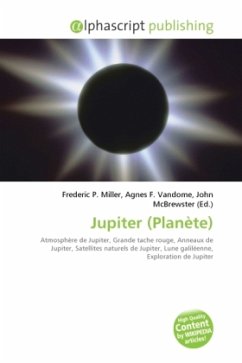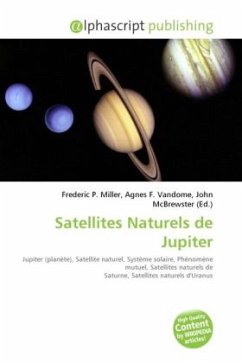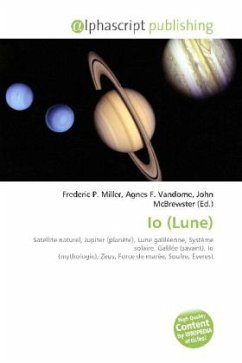Comet Shoemaker-Levy 9 (SL9, formally designated D/1993 F2) was a comet that broke apart and collided with Jupiter in July 1994, providing the first direct observation of an extraterrestrial collision of solar system objects. This generated a large amount of coverage in the popular media, and SL9 was closely observed by astronomers worldwide. The collision provided new information about Jupiter and highlighted its role in reducing space debris in the inner solar system. The comet was discovered by astronomers Carolyn and Eugene M. Shoemaker and David Levy. Shoemaker-Levy 9 was located on the night of March 24, 1993, in a photograph taken with the 40 centimetres (1 ft 4 in) Schmidt telescope at the Palomar Observatory in California. It was the first comet observed to be orbiting a planet. In July 1992 the orbit of Shoemaker-Levy 9 passed within Jupiter's Roche limit, and Jupiter's tidal forces acted to pull the comet apart. SL9 was later observed as a series of fragments ranging up to 2 km (1.2 mi) in diameter. These fragments collided with Jupiter's southern hemisphere between July 16 and July 22, 1994, at a speed of approximately 60 km/s (37 mi/s).
Bitte wählen Sie Ihr Anliegen aus.
Rechnungen
Retourenschein anfordern
Bestellstatus
Storno








